Chuwoojae House (추우재)
13.3Km 595 2024-08-05
20-1 , Gaesil 2-gil, Goryeong-gun, Gyeongsangbuk-do
+82-54-956-4022, +82-10-3207-4022
Chuwoojae is a hanok stay in the middle of Gaesil Village, Gyeongsangbuk-do - hometown of the descendants of Joseon scholar Kim Jong-jik. There are two buildings in the hanok - a main building and a sarangchae (men’s room) - which can be booked separately; both are equipped with toilet, bathroom and kitchen facilities. The main building contains a traditional ondol furnace room which residents can see at work. There is a parking space not far from the accommodation.
Hadongdaek House (하동댁)
13.3Km 675 2024-08-01
45 , Gaesil 2-gil, Goryeong-gun, Gyeongsangbuk-do
+82-54-956-4022, +82-10-3207-4022
Gaesil Village in Goryeong-gun, Gyeongsangbuk-do, is the hometown of descendants of Joseon politician Kim Jongjik, and offers visitors old-time village experiences such as hanok stay, farming, and traditional etiquette and games - all overseen by the Gaesil Village Farming Association. Hadong House is a cozy hanok guesthouse with a well-maintained garden, offering two rooms: Maeshil (‘Plum’) has its own inside kitchen and toilet, while Jukshil (‘Bamboo’) has an outside kitchen and shared toilet.
Gaesil Village (개실마을)
13.4Km 15306 2021-04-09
29, Gaesil 1-gil, Goryeong-gun, Gyeongsangbuk-do
+82-54-956-4022
Gaesil Village has preserved the traditional living-style of the past with mud walls along the streets, community well, hanok and more. Convenient facilities such as a water and sewage system, senior citizen center, and the village hall as well as internet café and walking trail make living in the village more pleasant. The village fields grow all sorts of produce such as mushrooms, chives, cucumbers, and more. Visitors to the village can experience traditional culture as well as food and activities through one of the many cultural programs offered throughout the village.
Deokdongdaek House (덕동댁)
13.4Km 6497 2024-08-01
39 , Gaesil 2-gil, Goryeong-gun, Gyeongsangbuk-do
+82-54-956-4022, +82-10-3207-4022
Deokdong House is an elegant hanok standing in Gaesil Village, Gyeongsangbuk-do - hometown of the descendants of Joseon scholar Kim Jong-jik. The hanok’s large wooden gate opens onto a grassy courtyard. There are two guestrooms: Maeshil and Jukshil (‘Plum’ and ‘Bamboo’), the latter of which has cooking facilities and also an outdoor barbecue. In the village, visitors can experience traditional farming (planting rice and digging sweet potatoes) and traditional craft skills such as kite making and straw weaving; as well as making taffy and sweet rice cake, catching mudfish and ice sledding.
Santokki Park (산토끼 노래동산)
13.9Km 0 2023-06-27
623 , Ibang-ro, Changnyeong-gun, Gyeongsangnam-do
+82-0507-1352-1401
Santokki Park is a recreational space located behind Ibang Elementary School in Changnyeong-gun. The park was inspired by the children's song "Santokki," meaning mountain rabbit, composed and written by Lee Il-lae who was a staff at Ibang Elementary School. The park comprises a variety of things to do and see related to rabbits, including a rabbit village, rabbit cave, and rabbit feeding experience. There are also spaces dedicated to Lee Il-lae, his work, and small animals. The park is kids-friendly with recreational places where children can freely run around as well as other amenities that help visitors rest and relax.
Yongyeonsa Temple (Daegu) (용연사(대구))
14.3Km 42255 2024-02-15
260 Yongyeonsa-gil, Okpo-eup, Dalseong-gun, Daegu
The name Yongyeonsa has its roots in a legend: a dragon is said to have ascended from the pond at the temple's entrance, leading to the name Yongyeon ("yong" means "dragon" and "yeon" means "pond" in Korean). This temple is renowned as one of the sites that enshrine the Buddha's sarira (relics). Inside Yongyeonsa, the ordination platform holds special significance as the resting place of the Buddha's sarira, where rituals are conducted. This symbolizes the enduring presence of the Buddha. The approach to Yongyeonsa Temple is through a forest-rich path, offering an experience akin to a forest bathing. This path also doubles as a hiking trail leading up to Biseulsan Mountain.
Samunjin Jumakchon Village (사문진 주막촌)
15.5Km 11624 2023-11-09
40-12 Samunjin-ro 1-gil, Hwawon-eup, Dalseong-gun, Daegu
Samunjin was the location of a ferry dock on the Nakdonggang River in the past. During the Japanese occupation, the area was turned into a recreation ground, which saw many people coming to enjoy leisure strolls. In November 2013, three hanok jumak (traditional dining establishment) were built at the site of the old dock and the current Samunjin Jumakchon Village was opened. The jumak serve a range of foods that were enjoyed in the past, such as makgeolli, gukbap, and buchujeon (chives pancake). The village is well-known as a place to enjoy the sunset.
Hwawon Park (화원동산)
15.9Km 0 2024-04-08
40-14 , Samunjin-ro 1-gil, Dalseong-gun, Daegu
+82-53-659-4465
Hwawon Park, a vast park beside the Nakdonggang River, is steeped in history. The river, once bustling with Samunjin Quay, where ships laden with goods frequented, now features Samunjin Ferries. Visitors can access Dalseong Marsh Ecological Park via a floating walkway across the river. In the vicinity, the Samunjin Jumakchon Village offers traditional beverages and delicacies, including makgeolli (unrefined rice wine) and pajeon (green onion pancake). With well-maintained walking trails, cafés, and picnic spots, the park serves as an ideal destination for family outings.
Village of the Nampyeong Mun Clan in Bon-ri (남평문씨본리세거지)
16.5Km 20572 2021-03-16
16, Inheung 3-gil, Dalseong-gun, Daegu
+82-53-668-3162
The Village of the Nampyeong Mun Clan in Bon-ri was built on what used to be part of a temple, but was organized following a well-field system to make the area a residence for many generations. As of now, nine houses and two pavilions remain, as well as a low wall along the road.
The main building of the village is Subongjeongsa, located in the center of the area. It was used for meeting guests, as well as a gathering place for the family, and features beautiful gardens. Gwanggeodang Hall was an educational place for studies and refinement. Insumungo Storage Building preserves about 10,000 books and clan treasures. It started out as a small building but later was expanded, including an additional building constructed just to read books.
Inheung Village (인흥마을)
16.5Km 16618 2020-04-14
16, Inheung 3-gil, Dalseong-gun, Daegu
+82-53-668-3162
The descendants of Mun Ik-jeom, who are known to have
brought the Nampyeong Mun clan to prosperity, reportedly came to Daegu about 500 years ago. It was during the time of Mun Gyeong-ho (1812-1874), the 18th descendant of Mun Ik-jeom, that the clan became established in Inheung. Mun executed his plan to create a village for the clan by putting down roots in the old site of Inheungsa Temple, a large-scale temple in the Goryeo era.
Yonghojae, which is a place for offering ancestral memorial services, is the first building established at the village constructed before or after 1920. The first residential building was built around the late 1800s in the form of thatched cottage. During the course of a hundred years, the village developed into what it is today. Featuring about 70 or so tile-roofed homes, Inheung Village is only about 200 years old but it is a great example of traditional residential homes of the em>yangban upper class in the Yeongnam region. The harmony between the way the village is organized and the surrounding landscape is unique and rare.
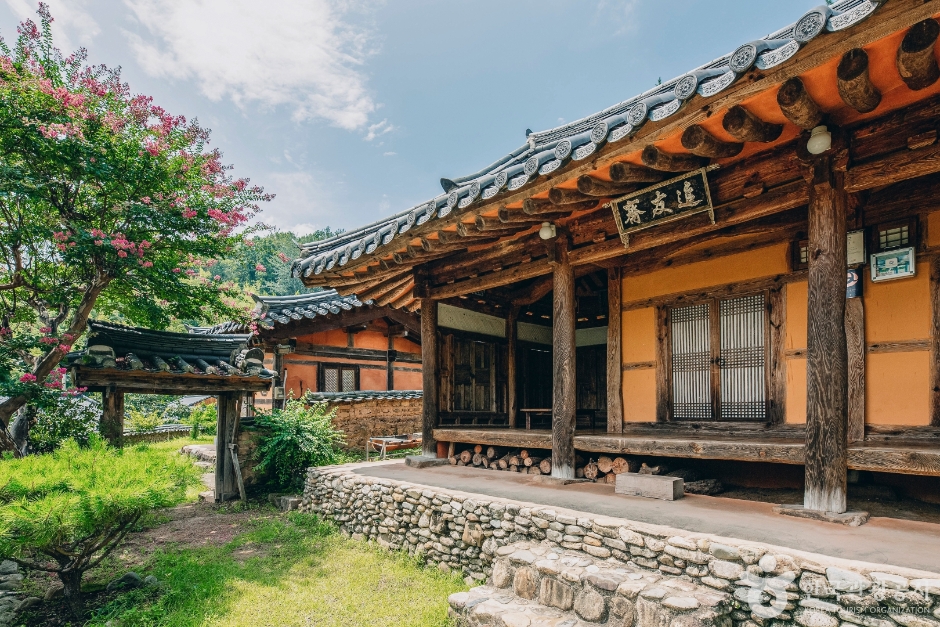
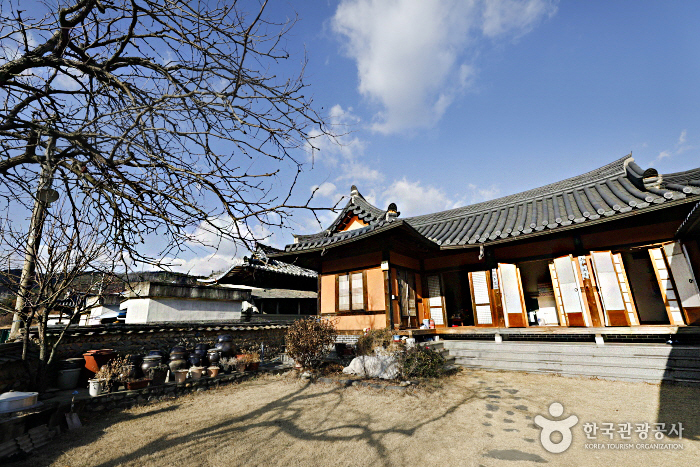
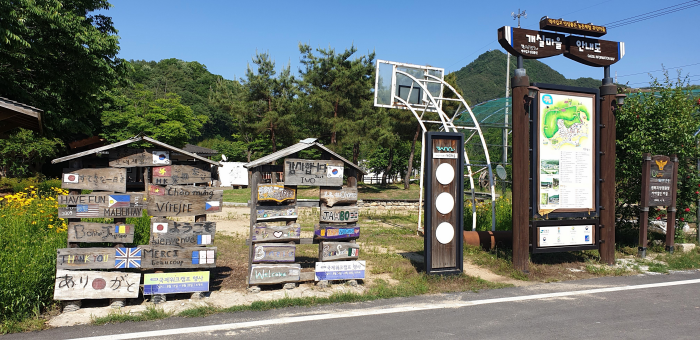
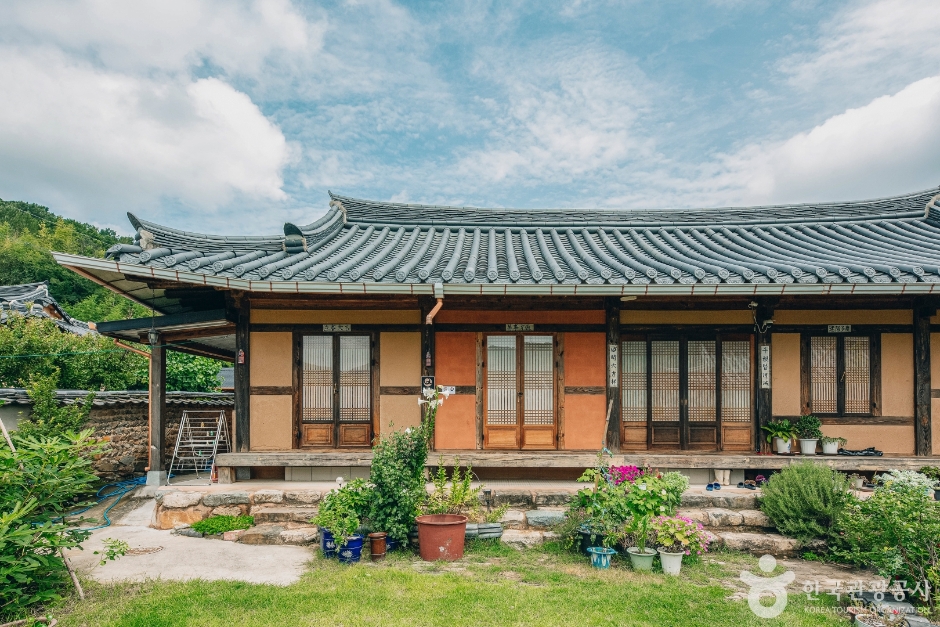
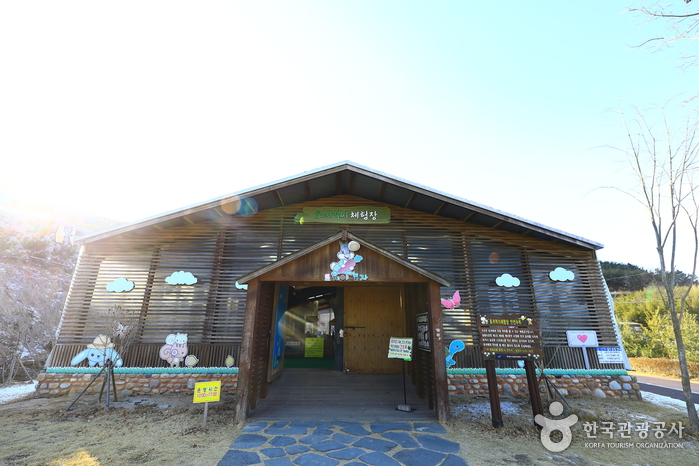

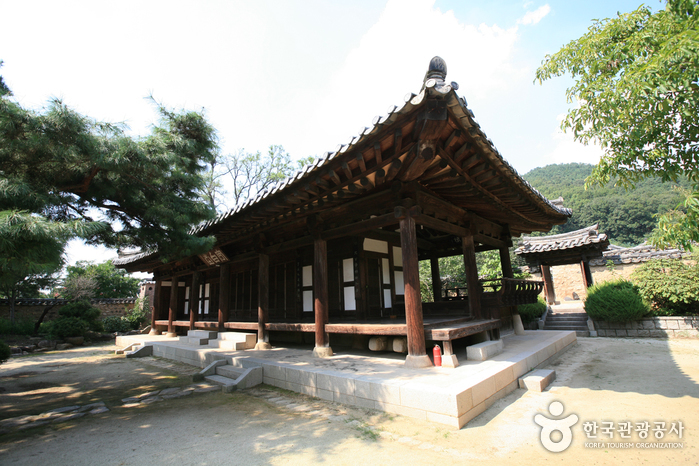
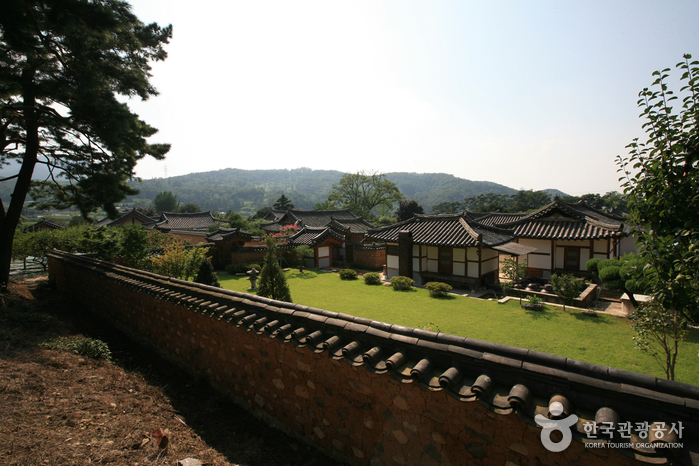
 English
English
 한국어
한국어 日本語
日本語 中文(简体)
中文(简体) Deutsch
Deutsch Français
Français Español
Español Русский
Русский